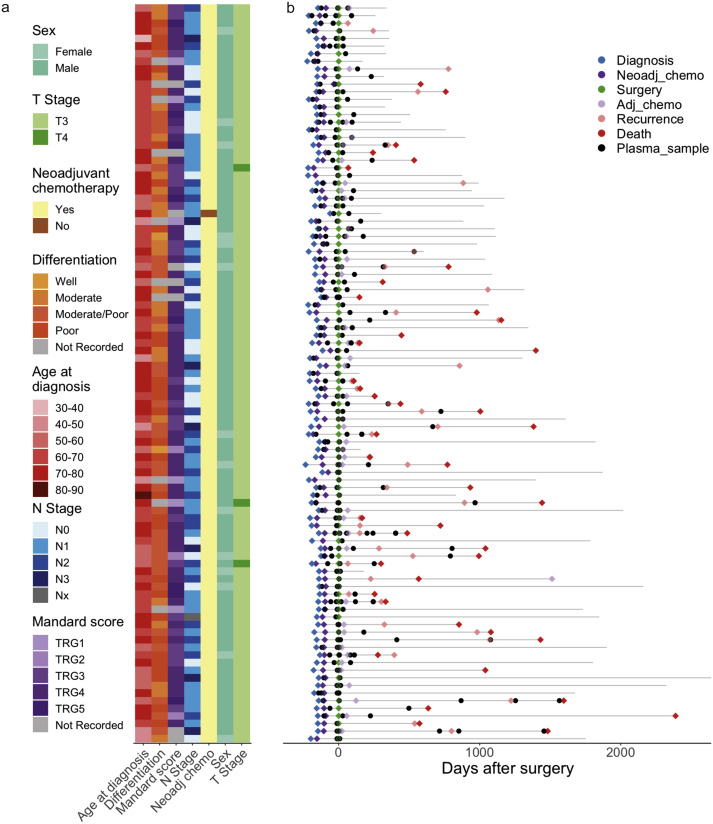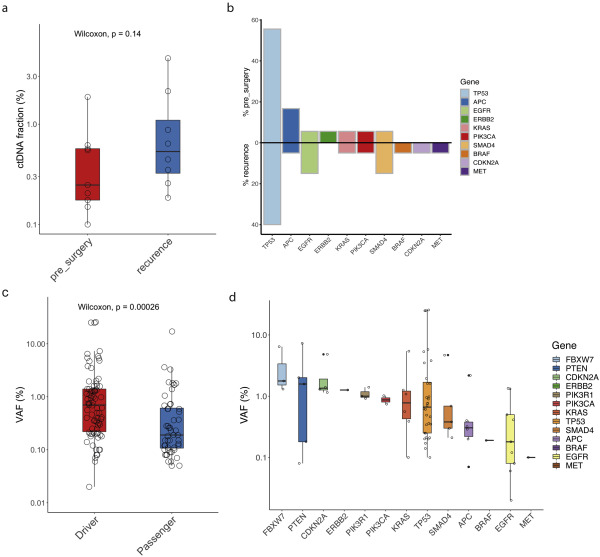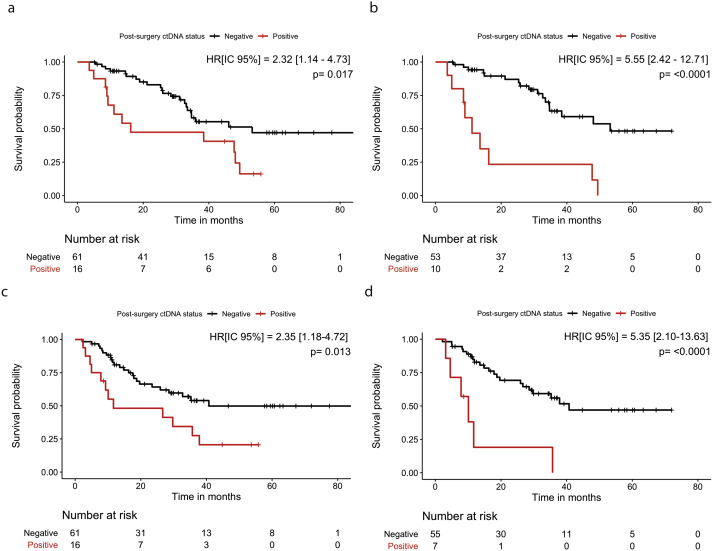Fun fact: the standard advice for if a dog, cat, or human bites your hand, is to feed the bite. Push your hand further into their mouth, forcing the jaw open.
Nurses, EMTs, veterinarians, etc are taught to respond this
This vicious wolf attack illustrates proper technique.

They have to be evaluated while keeping the fist closed.
This, if the bite punctured the MCP joints or tendon sheath, makes infection much more likely.
Young, drunk men, while partying. And they get bitten mostly on the face.
https://t.co/XlUlMlDeiH

Incisor: 43.3kg
First Molar: 120.66kg https://t.co/EfRbZEZjsh
All subjects ceased applying pressure citing tooth pain, well before maximal pressure was exerted. https://t.co/IRGjQxoTi5
He also used a phagodynamometer to test crush pressures of various foods, with surprising results. He found that bread crusts can be incompressible enough to shatter tooth cusps.
For two seconds. https://t.co/Vk2TqyKUxc
More from Anosognosiogenesis
The US immigration act of 1907 signed by Teddy Roosevelt: ableist as hell. https://t.co/ficeXOImo5

One theory for why the Spanish flu was so unusually lethal for young people:
They hadn't lived through the previous flu pandemic of 1889-1890 (https://t.co/OiDZYtdbWx) that killed about 1 million people. And thus had no carryover immunity.
It's suspected that the 1889 pandemic was not influenza, but a coronavirus.
The 1889 virus spread rapidly, killing mostly the elderly.
The 1889 virus was the first truly modern pandemic: people knew about germs, it spread via trains, it spread at the speed of modern transportation and commerce

Today's covid denialists are tomorrow's openly eugenicist "these disabled people are a drain on society"
— Anosognosiogenesis (@pookleblinky) November 29, 2020
Literally. 13 years after the Spanish flu, the very first people the nazis targeted were disabled people.
What caused a lot of those disabilities, you think?
One theory for why the Spanish flu was so unusually lethal for young people:
They hadn't lived through the previous flu pandemic of 1889-1890 (https://t.co/OiDZYtdbWx) that killed about 1 million people. And thus had no carryover immunity.
It's suspected that the 1889 pandemic was not influenza, but a coronavirus.
The 1889 virus spread rapidly, killing mostly the elderly.
The 1889 virus was the first truly modern pandemic: people knew about germs, it spread via trains, it spread at the speed of modern transportation and commerce






























